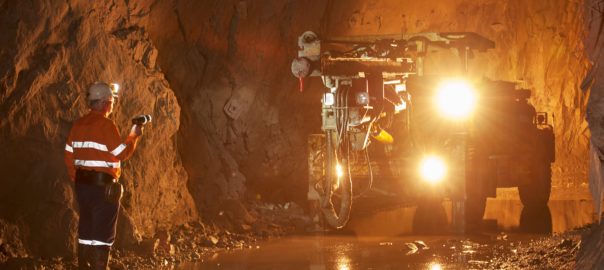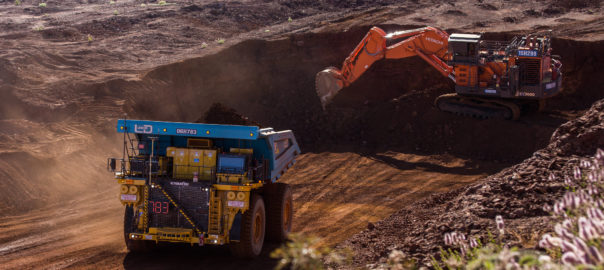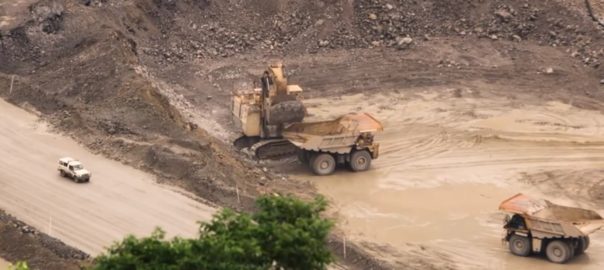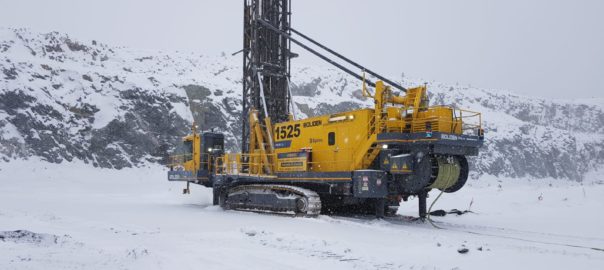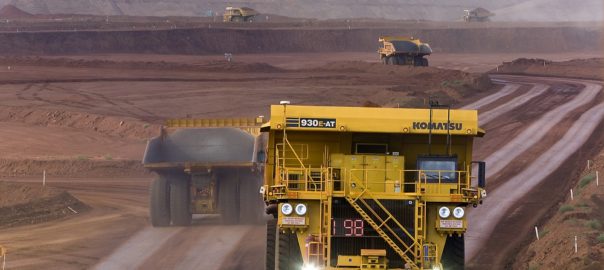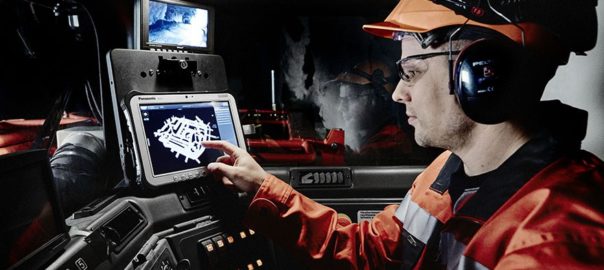Telstra Mining Services has announced a new partnership with South32 for a private 4G LTE network at its Cannington underground silver-lead-zinc mine in northwest Queensland, Australia.
Telstra is now in the pre-deployment stage at Cannington, with the network set to “drive improved safety, automation and mechanisation” at the site and connect staff to vehicles and sensors around the mine at all times, it said.
The underground mine produces about 3 Mt/y and the Cannington team is made up of about 550 full-time employees and up to 300 contractors.
Jeannette McGill, Head of Telstra Mining Services, said: “The high throughput and low latency offered by the system means that staff will be able to control critical equipment without interruption, and South32’s digitalisation strategy will be achievable throughout the mine.”
By adopting 4G LTE underground, the Cannington mine will be able to achieve better operating transparency, condition monitoring and production improvements for staff, machines and other mining systems, driving safety, productivity and efficiency, she added.
Telstra will be building an initial underground network 6.5 km in length using a “private, virtualised core” and LTE radio technologies distributed over leaky feeder cable using LTE-capable bi-directional amplifiers.
McGill said: “Our analysis indicates this to be the most effective solution for underground miners and is capable of adapting to the unique geology and composition of the Cannington mine. It enables access to the latest advances in 4G LTE and NB-IoT, and is also upgradeable to 5G in the future.”
The network being private means it will be a completely standalone mobile network, independent from others, like Telstra’s own public network, she explained. “South32 Cannington will have its own equipment, SIM cards and unique network codes for full autonomy and complete control.”
Providing a modern connectivity platform will allow for more flexible operations as well as scalability and choice in applying various digital solutions, according to Telstra.
“The combination of Ericsson mobile network equipment, Telstra radio spectrum, and leaky feeder solutions from specialist manufacturer METStech provides a unique capability that has made extending LTE underground a more commercially realistic and safer prospect,” McGill explained.
At its full deployment, the Cannington installation will become one of the largest underground mining LTE networks in the world using leaky feeder, according to Telstra.
“We’re excited to help drive South32’s Cannington mine further with this new private network, as it looks to pay dividends to safety, productivity and more,” McGill concluded.







